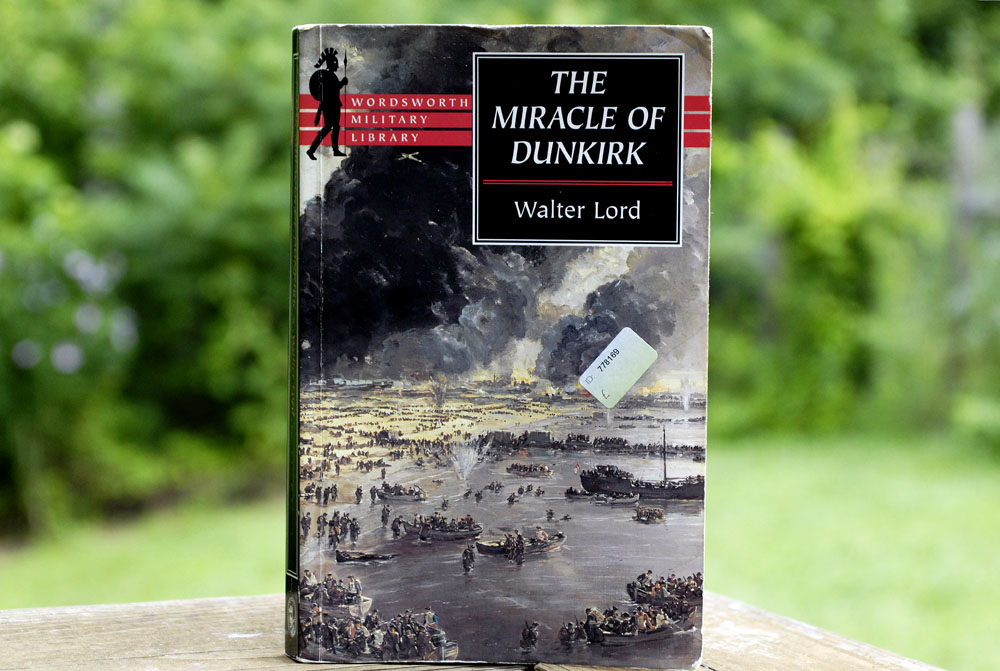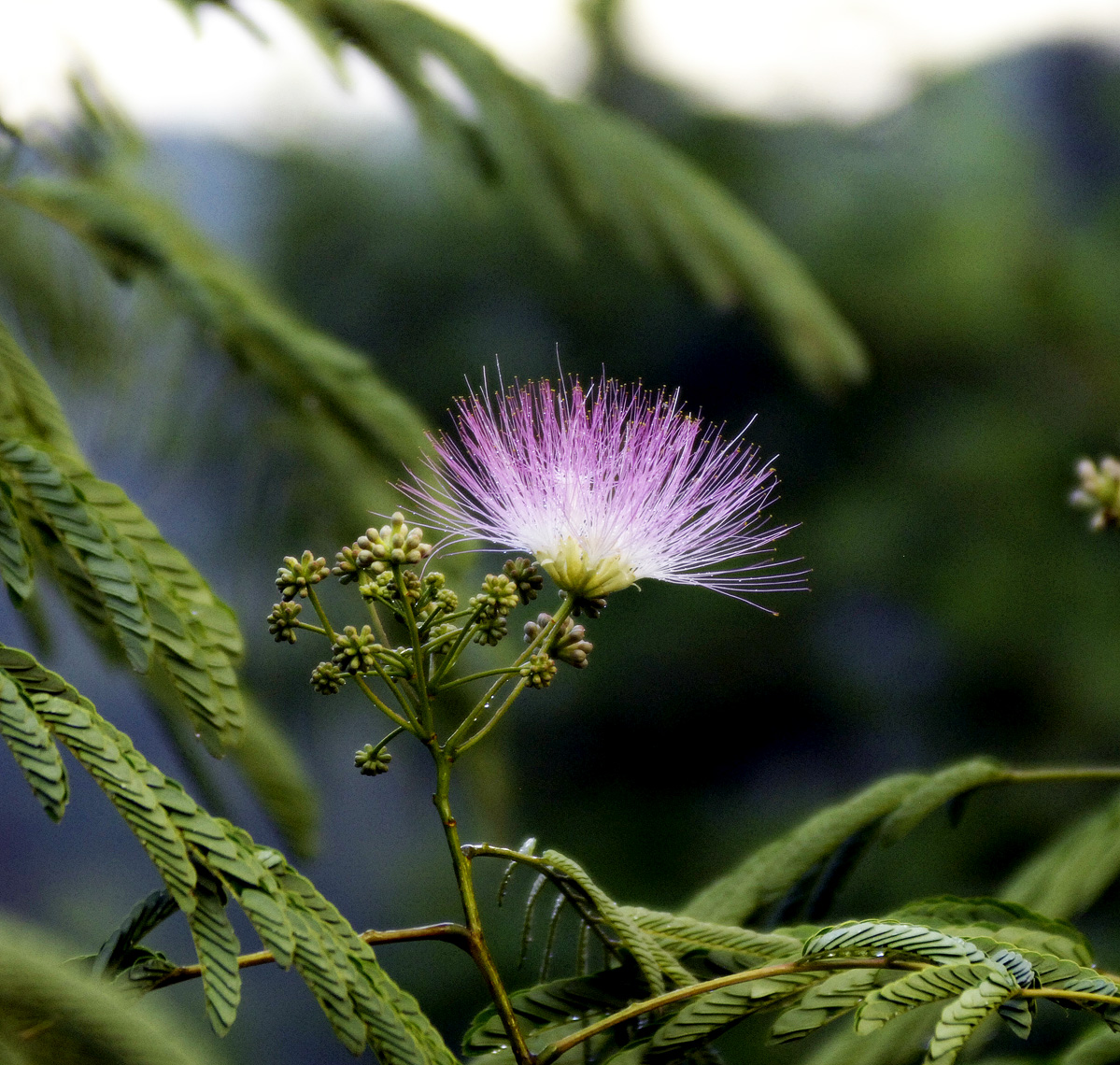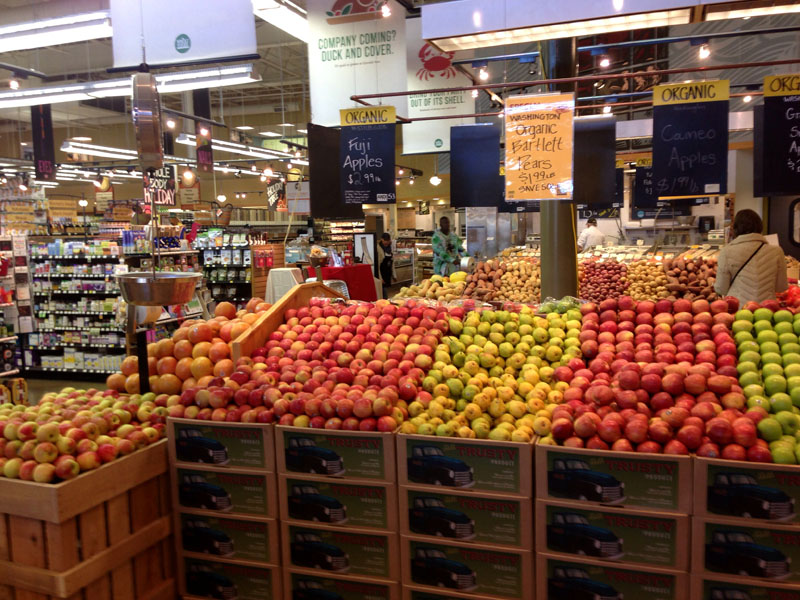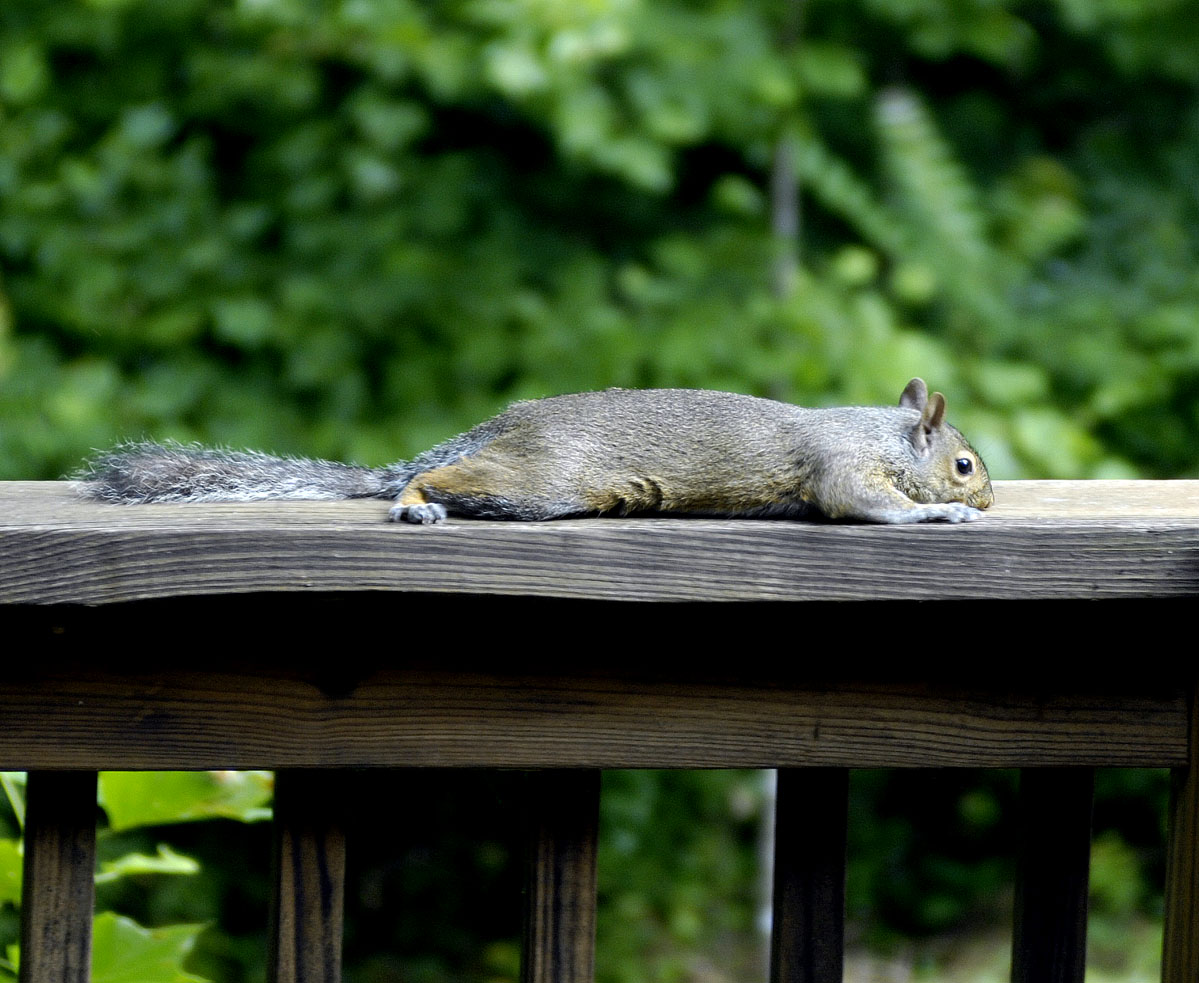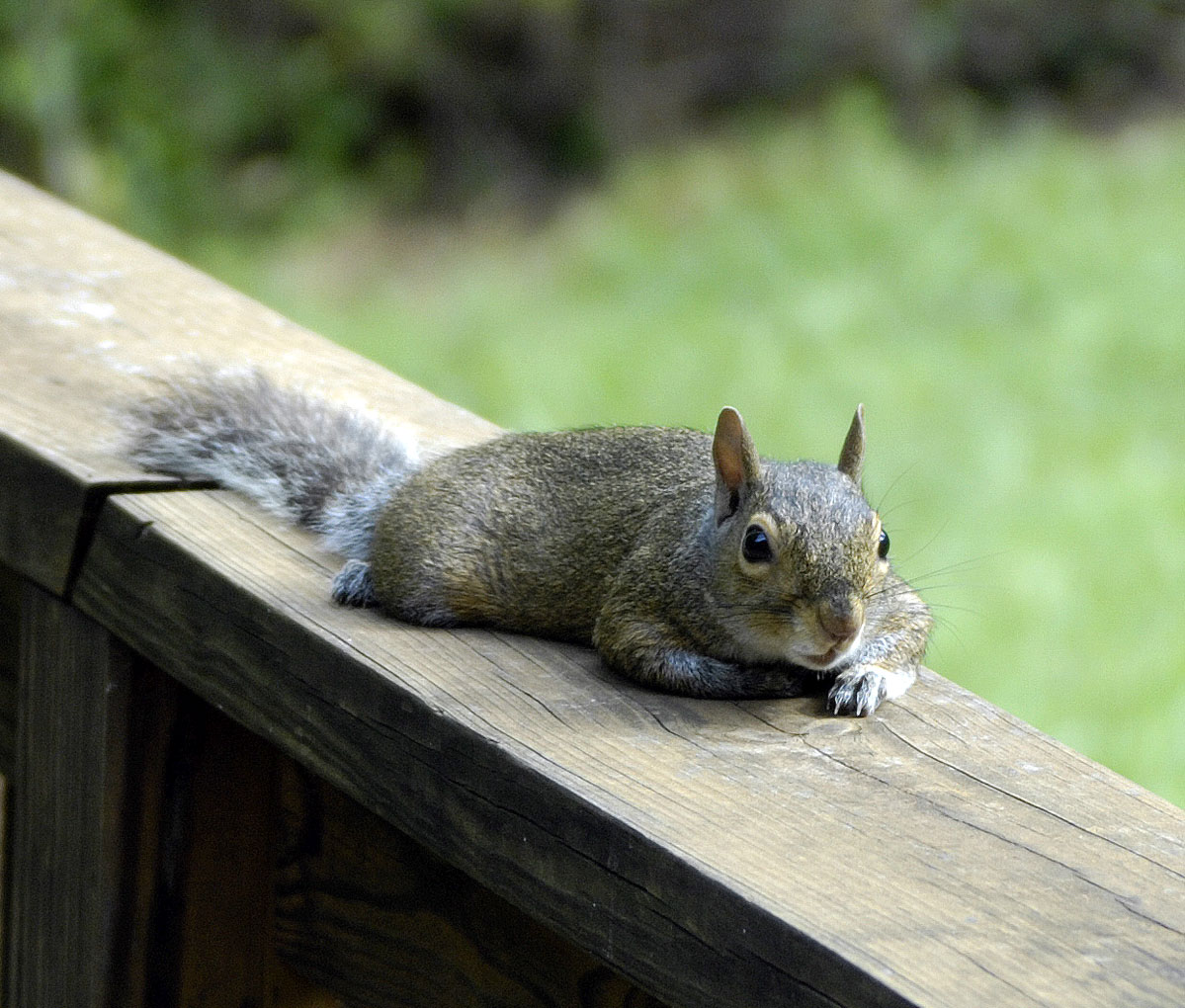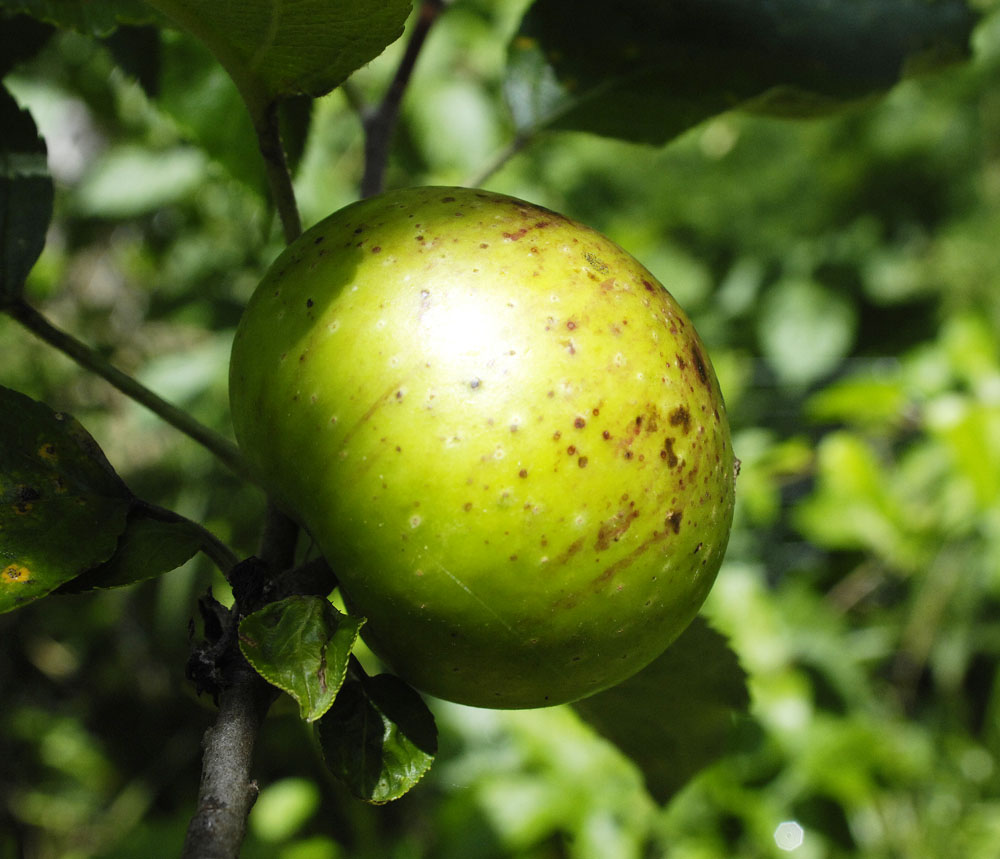The Miracle of Dunkirk, by Walter Lord. Published in the United States by Viking (1982) and in Great Britain by Allen Lane (1983). 324 pages.
Last week, in a post about summer movies, I wrote about the movie “Dunkirk,” which is to be released on July 21 and which seems sure to become a summer blockbuster. I mentioned in the post that I was looking for a good book to read on Dunkirk. I ended up with The Miracle of Dunkirk by Walter Lord.
I could not put this book down.
When I started the book, I knew nothing about the author, Walter Lord. I just now looked him up on Wikipedia. He was an American, born in 1917, died in 2002. He was an American blue blood, went to Princeton and earned a law degree at Yale. It is obvious, reading this book, that what fascinates Lord so much about Dunkirk is not the military angle, but rather the human angle, whether foible or great depth of character. The author’s sheer niceness and love of humanity somehow come through on every page, though the story is told by aggregating the memories of the men who were at Dunkirk.
Lord also wrote, in 1965, a book about the American civil rights era, The Past That Would Not Die. I do believe that Lord was a liberal, like me, and I think that must be the factor that can make a book about war so relevant. This is not a book that glorifies war or that makes little patriotic mascots out of veterans (though it treats the veterans with great respect). I believe I will read Lord’s book on the civil rights era. Obviously he is a writer who deserves to be remembered and kept in print. At least one of Lord’s books, a book about the Titanic (1955), was a bestseller. Lord was a consultant to the director who made the movie about the Titanic in 1997. I would not be at all surprised to learn that this book on Dunkirk fed into the screenplay for the new movie. I will watch the credits carefuly.
Whether or not this book was used by the screenplay writers of this summer’s Dunkirk movie, this book would have been perfect. Lord tells the story through the eyes of Dunkirk veterans, including even some Germans. Lord actually lists his cast of characters in the back of the book. The list is 14 pages long. While reading the book, I wondered how he assembled so much extraordinary detail. He explains this in the back of book with a section on source materials. Partly he relied on written reports filed with the British admiralty. But he also interviewed, and exchanged letters with, many Dunkirk veterans.
Lord’s last chapter, “Deliverance,” occurs on June 4, 1940. That’s the day that Winston Churchill delivered his “We shall fight on the beaches” speech to the House of Commons.
This book is out of print, but it can be ordered from used booksellers on Amazon. Somehow I ended up buying the British edition, though I didn’t realize it. The book was shipped by international priority mail from Goring by Sea, which is just west of Brighton. The book was delivered in nine days. It’s kind of cool, actually, that my copy of the book came from a bookshop right on the channel, not far from the action at Dover. Yup, I’ve been to Brighton, and to Dover, though I’ve crossed the channel only by the tunnel train. I have not been to Dover castle, which was used as headquarters for managing the Dunkirk evacuation. If I’m lucky enough to make another trip to England, I must visit Dover castle.

